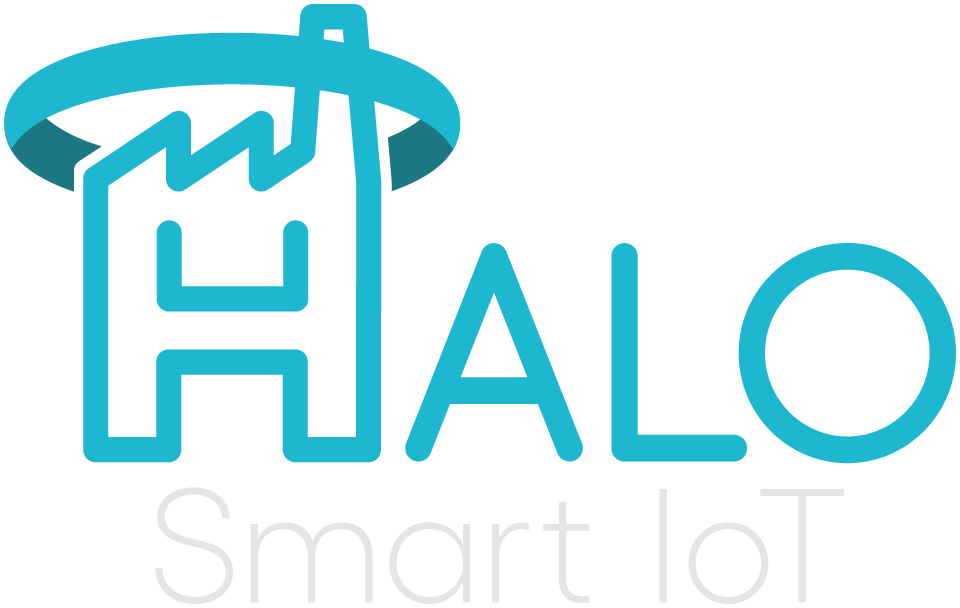The introduction of Awaab’s Law marks a pivotal moment in UK housing regulation. Named in memory of Awaab Ishak – a two-year-old boy who tragically died due to prolonged exposure to mould in his home – the law enforces strict new rules for social landlords to tackle damp and mould swiftly and effectively.
With Halo Smart IoT, landlords can stay ahead of these new legal duties by proactively monitoring housing conditions, documenting compliance, and identifying risks before they escalate.
What does Awaab’s Law mean
Awaab’s Law will legally require social landlords in England to:
- Investigate hazards like damp and mould within 14 days
- Start necessary repairs within a further 7 days
- Complete repairs within a “reasonable timeframe”
Failure to meet these timeframes can result in severe penalties, regulatory scrutiny, and, most importantly, continued risk to tenant health and safety.
Is damp and mould legislation coming in 2025
Yes. While elements of damp and mould regulations already exist under the Housing Health and Safety Rating System (HHSRS), Awaab’s Law introduces enforceable time limits and formal duties that will apply from 2025 onward, with full implementation expected by 2026.
This makes 2025 a critical year for housing providers to get ahead of compliance and avoid being caught unprepared.
How to prepare for Awaab’s Law
Landlords should take the following steps now:
- Implement live monitoring of environmental risk factors like humidity, temperature, and condensation
- Establish a digital reporting system to track issues and document action
- Train staff to act quickly on early warnings of mould and damp
- Engage tenants early and transparently to avoid misunderstandings and delays
Halo Smart IoT provides all of this in a single, integrated solution – offering automatic alerts, timestamped action logs, and discreet, non-invasive sensors that safeguard tenant wellbeing without disrupting their daily lives.
What is Awaab’s Law 2026
By 2026, the final enforcement framework of Awaab’s Law will be in place. This means:
- Landlords will be legally accountable for meeting investigation and repair deadlines
- Tenants will have stronger rights to challenge landlords who delay action
- The Regulator of Social Housing and the Housing Ombudsman will actively monitor and enforce these duties
Halo Smart IoT gives landlords confidence in their compliance by providing clear, irrefutable proof of:
- When an issue was detected
- When action was taken
- What communication occurred with the tenant
- Whether the issue was fully resolved
Proof of compliance, without the paper chase
Halo’s platform automates the process of recording and reporting compliance actions:
- Event notifications triggered by environmental changes
- Tenant communication logs to show engagement
- Resolution tracking and alerts if issues remain unresolved
- Portfolio-wide reporting to identify trends and allocate funding efficiently
This allows landlords to meet legal duties quickly, efficiently, and transparently—while also supporting funding applications and audits.
Identify vulnerable tenants, prevent risk
More than just a compliance tool, Halo helps protect the most at-risk tenants. Persistent cold, humidity, or environmental inactivity may indicate fuel poverty, unsafe conditions, or neglect. Our system flags these risks in real time, allowing housing teams to coordinate the right response—whether that’s maintenance, welfare checks, or energy advice.
Why housing providers trust Halo Smart IoT
- Developed and manufactured in the UK
- Independently powered and connected
- Easy to deploy, with no disruption to tenants
- Accurate data with no false alarms
- Transparent, intuitive platform
- Supports compliance, wellbeing, and trust
Reframe compliance as care
Awaab’s Law isn’t just about penalties – it’s about ensuring that tragedies like Awaab’s never happen again. With Halo Smart IoT, housing providers can meet their legal duties while also prioritising tenant wellbeing and fostering a culture of responsibility, care, and trust.
